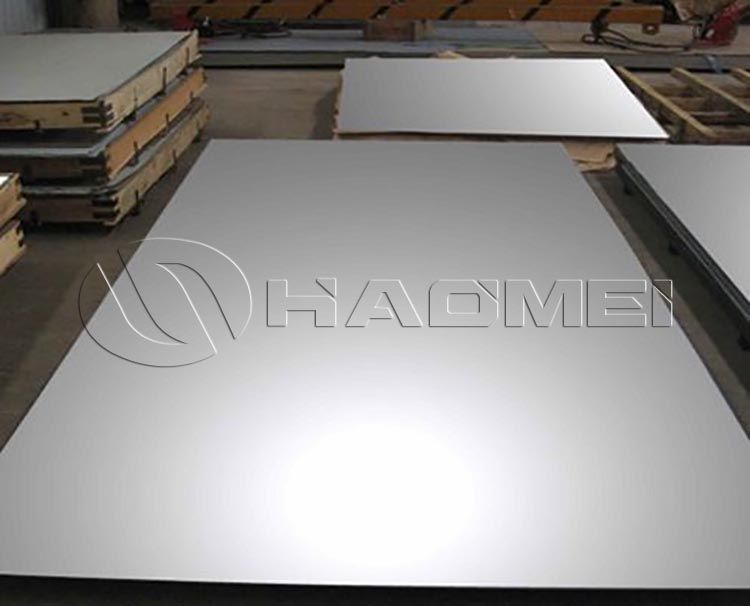Get in touch
-
Email:
sale@alumhm.com -
Tel/whatsapp:
+86-15978414719 -
Fax:
+86-0371-65621393 -
Address:
No.14 Waihuan Road, CBD, Zhengzhou, China -
Website:
https://www.aluminium-tanker-plate.com
Which Is More Popular in Tanker Making
5083 aluminum alloy, with its proven application history and widespread acceptance, holds a significant position in the global tank truck manufacturing market.
Particularly in major tank truck manufacturing regions like Europe, the US, and Asia, its stable and reliable performance has led to its widespread adoption in the manufacture of various oil, gas, and chemical tank trucks, resulting in a relatively high market share. It is estimated to account for over 60% of global aluminum alloy applications in tank trucks.
 5059 aluminum alloy, a relatively new material with unique advantages, has seen a gradual increase in market share in recent years, currently accounting for approximately 20%-30% globally. It is particularly strong in the high-end tank truck market, which places high demands on lightweight and high-strength tanks.
5059 aluminum alloy, a relatively new material with unique advantages, has seen a gradual increase in market share in recent years, currently accounting for approximately 20%-30% globally. It is particularly strong in the high-end tank truck market, which places high demands on lightweight and high-strength tanks.
5083 Aluminum Alloy
1. Excellent Overall Performance
EN 5083 aluminium is an aluminum-magnesium alloy with a high magnesium content, resulting in medium strength and excellent corrosion resistance. In tank truck manufacturing, its excellent corrosion resistance allows it to withstand the erosion of various transport media, whether oil, chemicals, or food-grade liquids. This ensures that the tank body remains resistant to corrosion damage over long-term use, significantly extending the service life of the tank truck.
For example, in the tank truck industry, 5083 aluminum alloy tank bodies effectively resist corrosion from trace impurities and moisture in the oil, reducing maintenance costs and safety hazards. Furthermore, its excellent weldability is crucial for tank truck manufacturing, where multiple components are welded together to form a complete tank body. During the welding process, 5083 aluminum alloy welds are of high quality, less susceptible to defects such as cracks and pores, ensuring the overall strength and sealing of the tank body.
2. Mature Processing Technology
After years of application, the processing technology for 5083 aluminum alloy has become highly mature. From sheet rolling and forming to component processing and manufacturing, a standardized set of processes and methods exists. Manufacturers can efficiently produce tank truck components that meet quality standards without investing excessive R&D costs and time in exploring new processing techniques.
This results in a relatively short production cycle for tank trucks made with 5083 aluminum alloy, which improves production efficiency and enables rapid response to market demand.
5059 Aluminum Alloy
1. Significant Lightweight Advantages
5059 aluminum alloy boasts a relatively low density while meeting strength requirements, enabling significant lightweight. Research has shown that under the same transportation conditions, tanks made with 5059 aluminum alloy can achieve a 1-1.5mm thinner wall thickness than tanks made with 5083 aluminum alloy, effectively reducing tank weight. Assuming a single tank uses 65 square meters of aluminum sheet, the tank weight can be reduced by approximately 175kg.
For tank trucks, lightweight not only reduces vehicle energy consumption and operating costs, but also improves transportation efficiency, aligning with current trends in energy conservation, emission reduction, and efficient transportation in the transportation industry. Especially with rising logistics and transportation costs, the lightweight advantages of 5059 aluminum alloy are making it increasingly attractive in the tank truck manufacturing market.
2. High Strength
5059 aluminum sheet possesses high strength, capable of withstanding greater pressure and external forces. This high strength ensures greater safety for tank trucks when transporting high-pressure gases or hazardous chemicals. For example, in the manufacture of natural gas tank trucks and certain hazardous chemical tank trucks, 5059 aluminum alloy ensures the tank maintains structural integrity despite high internal pressure and external impact, reducing the risk of accidents. This advantage has led to the increasing use of 5059 aluminum alloy in the manufacturing of high-end and specialty tank trucks.
Cost Factor Analysis
1. Raw Material Cost
From a raw material price perspective, 5083 aluminum alloy offers relatively stable costs due to its widespread application and relatively abundant raw material supply. Market price fluctuations in magnesium, its primary alloying element, have little impact on the overall cost of 5083 aluminum alloy.
However, due to the relatively complex production process and the high cost of obtaining and refining certain alloying elements, the raw material price of 5059 aluminum alloy is generally around 10%-20% higher than that of 5083 aluminum alloy. This has, to a certain extent, limited the large-scale application of 5059 aluminum alloy, particularly in the cost-sensitive mid- and low-end tank truck market.
2. Processing Costs
As mentioned above, 5083 aluminum alloy boasts mature processing technology, resulting in a low scrap rate and relatively manageable processing costs. However, due to its material properties, 5059 aluminum alloy places higher demands on equipment and processes during processing.
For example, the molding process requires more sophisticated molds and higher machining accuracy, which increases equipment investment and maintenance costs.
Furthermore, welding 5059 aluminum alloy requires specialized welding processes and materials to ensure weld quality, further increasing processing costs. Overall, the processing cost of tank trucks made with 5059 aluminum alloy is approximately 15%-25% higher than that of 5083 aluminum alloy.
